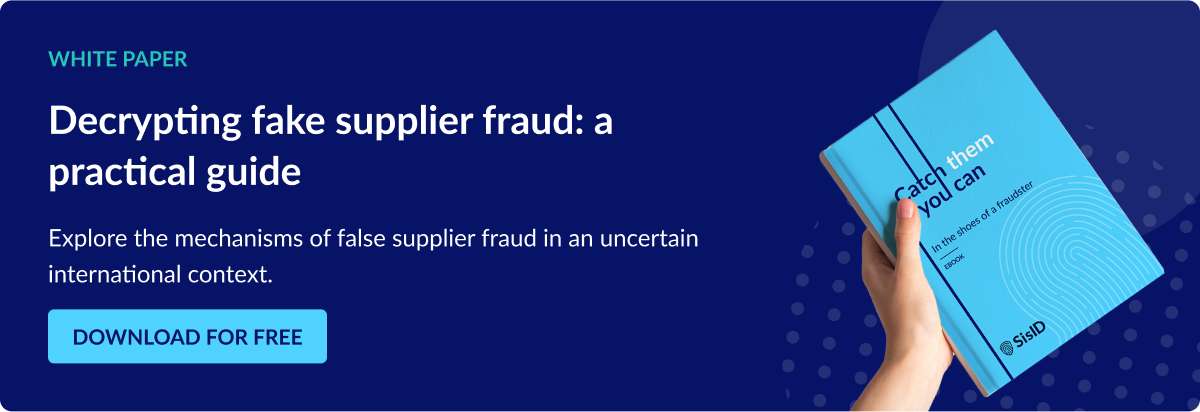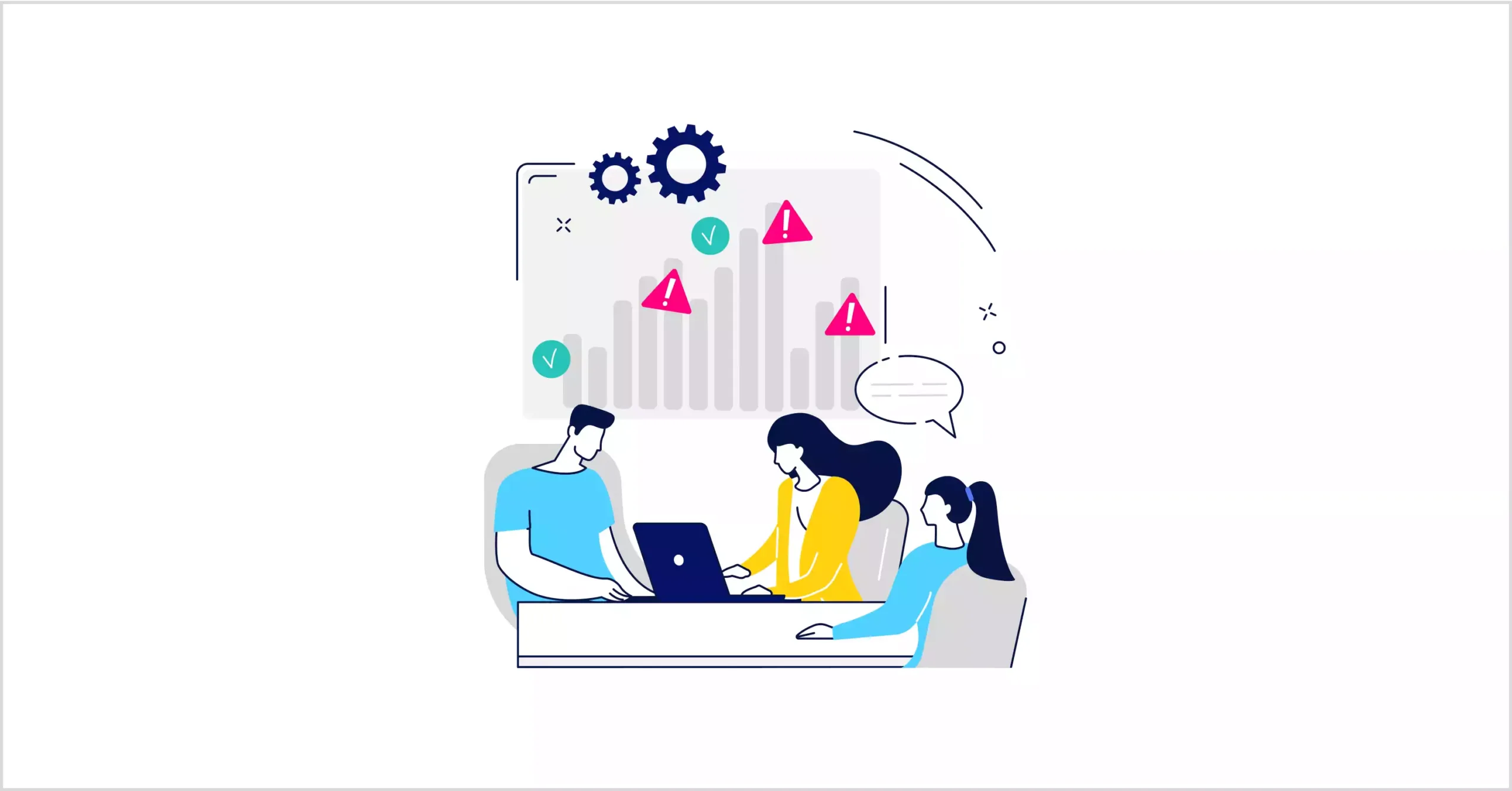What is fraud risk assessment?
Building an effective fraud risk management strategy is becoming more important for every organization regarding the current cyber environment. And fraud risk assessment is a key element.
Why is it important?
A business is very much exposed to fraud risks, whether it’s fake invoice, a cyberattack, spear phishing or any kind of internal and external fraud.
Here are the most common methods used by fraudsters:
Assessing those fraud risks is a key step to increasing an organization’s security and secure its future. It consists in evaluating the business’s risk exposure to fraud including identifying, assessing, and documenting potential areas of fraud risk. Once those steps completed, a strategy must be built around it to address and mitigate them.

When to complete fraud risk assessment?
Fraud risk assessment must be conducted regularly so that it constantly adapts to the business and its environment to be as effective as possible. Regular audits and controls should be carried out at least annually, or more frequently if the business environment or internal controls warrant it. To gain an accurate understanding of fraud trends, the organization’s vulnerabilities, and the measures taken to prevent it, thereby reinforcing the process.
Fraud risk calls for management whenever there is a change in the business, such as a change in personnel, processes, or systems.
How to conduct fraud risk assessment?
An organization must be prepared and have processes to address and mitigate fraud risks. The management of fraud risks assessment has to be conducted by a qualified team within the company or from an external organization. It’s best to audit regularly the company’s processes.
Every company has a different exposure to fraud risks according to their activities and sectors. Depending on its situation, the organization must assess and investigate areas at risk and target them in a securing strategy.
Fraud risk assessment is an essential part of an organization’s security process. Its importance lies in the ability to identify, prevent, and mitigate fraud risks. Regular audits and controls must be carried out as well as the information to all employees. In the end, the goal is to reduce the risk of fraud and other cyber threats to the business.





